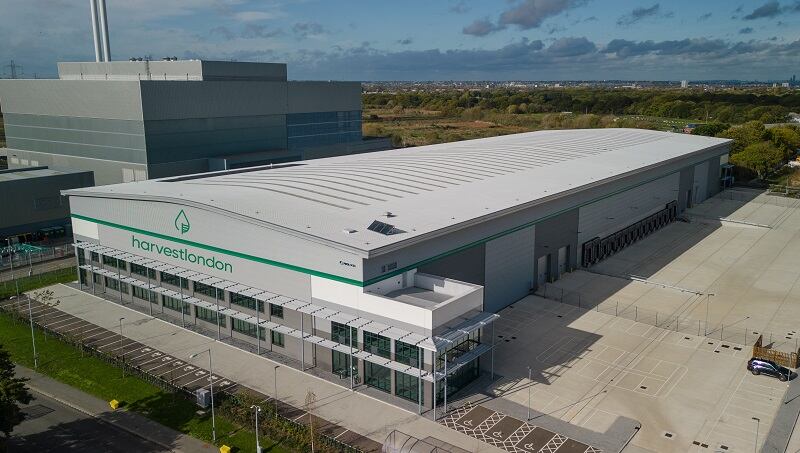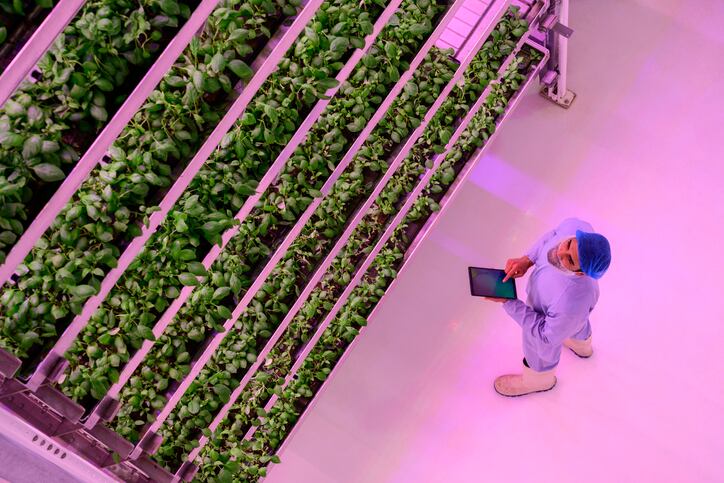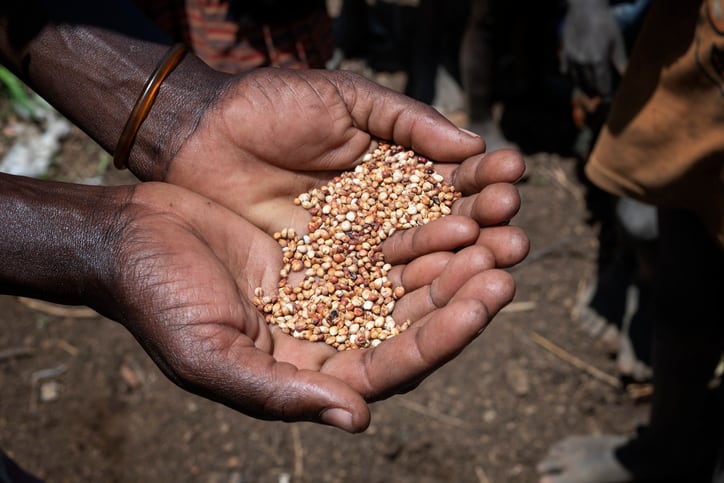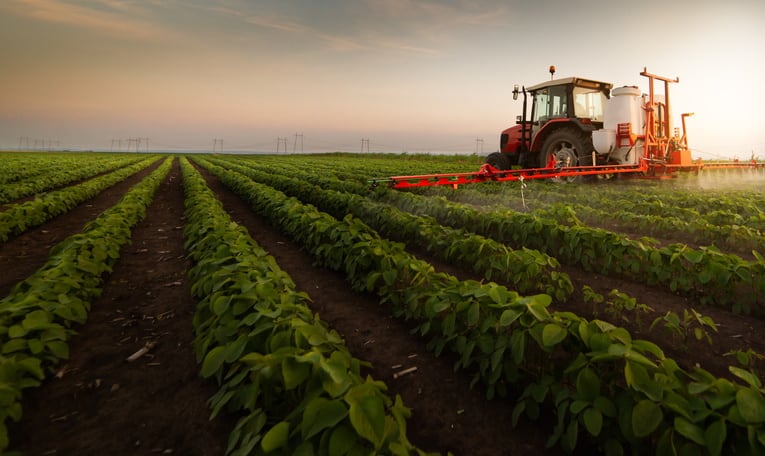It has been well documented that changes in the wider economy and consumer behaviour have left the vertical farming industry facing some unexpected challenges.
Rising energy costs, reductions in consumer spending on fresh produce (specifically leafy greens) and the demand for faster profitability from investors have all been cited as factors that will limit the potential for the industry to grow.
Bearing this out is the recent news that vertical farming company Infarm has shut down operations in Copenhagen, Denmark as well as those in the UK, France, the Netherlands, Japan and Frankfurt, Germany, blaming escalating energy prices and tough financial markets.
The Germany-based start-up still plans to open a growing centre in Baltimore in the US and says it is focusing those markets that offer it a clear path to profitability in 2023.
Other vertical farms have been hit of late, including US-based Upward Farms, which recently closed operations, and Netherlands-based Glowfarms, which ceased all activities late last year, again blaming energy prices.
But the doomy conclusions about the industry have been drawn too quickly, according to Nick Bateman, chairman of UK-based GrowPura, which supplies hydroponic equipment to the sector.
The benefits of vertical farming and its potential to future-proof food supply chain are overlooked, he insisted. Much of this is down to reports that the industry is both extremely vulnerable to rises in electricity prices, and too energy-intensive and responsible for higher greenhouse gas (GHG) emissions than open-field cultivation. The vertical farming industry is therefore undeserving of the sustainability halo that it has often attracted.
But vertical farmers can rightly claim to offer a more sustainable way to grow vegetables providing the industry can improve energy efficiencies, Bateman insisted.
“Some of the commentary I have seen in recent months on vertical farming is very short-sighted,” he told FoodNavigator. “There is no denying that the weather challenges of climate change, the need to improve the sustainability of farming, increase the amount of food produced in the UK, and consumer demand for year-round local produce, mean we must look for new solutions to feed an ever-growing population.”
The negative impact of climate change on harvests and feeding a growing population are being seen around the world, he stressed. And it is a well-known fact that the farming industry and food sector need to continue to create environmentally friendly ways to adapt whilst increasing the amount of food produced, the urgency for which has been demonstrated by the recent produce shortages facing shoppers.
“The vertical farming industry is evolving and adapting all the time,” he told us. For example, GrowPura is supplying equipment to improve automation at vertical farms. This aims to enable vertical farming organisations to create vastly improved quality and yield from their operation, whilst reducing costs at the same time. “It really is the next generation of vertical farming,” he said.
‘There’s a big prize for vertical farming companies who can ride out the next year’
Experts have also claimed vertical farming should be considered one tool in a farm’s operation, not the entire one. Others add the model is more suited to those markets – namely the Middle East -- where growing crops outside is challenging.

“There have been challenges in the industry, and it's important that vertical farming companies show how they are responding,” said Harvest London, which recently secured a 140,000 square foot site in South London to develop a vertical farm after investment from the Foresight Group, the sustainability-led alternative investment manager.
“It will be up there with the biggest anywhere,” he told FoodNavigator. “It is probably fair to say that investors have become more wary of vertical farming recently, but that can be seen as a natural symptom of the industry maturing,” he added. “It’s less theoretical now, investors can see vertical farming companies operating at scale and having to deal with challenges like inflation that all businesses are facing. It’s the responsibility of vertical farm operators to show we can deliver reliable returns, even after the end of the era of cheap money.”
Harvest London secured funding thanks to a focus on its core areas of expertise - operations and plant science - rather than duplicating hardware R&D, he explained. The investment will allow Harvest London to expand its current operations, enabling it to supply a range of salads and herbs to customers in London and beyond. The company currently operates a farm in East London, which has been producing crops since 2020.
Founded in 2017, Harvest London has built two farms so far, grown over 100 different crops using hydroponic vertical farming techniques, and partnered with brands including Pizza Pilgrims and Compass Group.
“The benefits of vertical farming are real,” said Morgan, “particularly to a country like the UK which imports so much of its food. Because it’s still a new industry, there’s been quite a lot of hype, and a bit of fear too. Vertical farming is going to have a big impact on the food supply chain, growing food closer to consumers, but it’s going to do that by complementing other forms of farming, rather than replacing them.
“It’s important to focus on what the benefits to the UK really are. For some countries, the big environmental challenges are deforestation or water stress. Vertical farming in the UK can help with those by reducing imports, but there are lots of impacts closer to home. Agricultural pollution of rivers is a huge problem in the UK, which vertical farming avoids. Labour shortages are also a massive issue in farming, but vertical farming allows everything from seed to harvest to be automated.”
This is a difficult period, but all of the long-term trends are heading in the right direction for vertical farming, Morgan told us. “Hardware, such as lighting, is getting more efficient, consumers increasingly want to eat more vegetables and care more about the origin of their food, and the electricity grid is becoming more renewable. There’s a big prize for vertical farming companies who can ride out the next year.”





